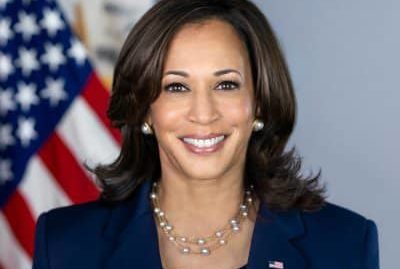Recent polling averages show Vice President Kamala Harris leading in key Midwest swing states, potentially positioning her for a strong electoral performance. In Michigan, Kamala Harris holds a narrow 1.2% lead over former President Donald Trump, capturing 47.9% of the vote. Wisconsin presents an even tighter race, with both candidates locked in a dead heat at 48% each.
These Midwest states, which were pivotal in the 2016 election, are once again shaping up to be critical battlegrounds. Kamala Harris’s lead in these areas can be attributed to robust fundraising efforts and a surge of enthusiasm among Democratic voters following President Joe Biden’s withdrawal from the race. However, it’s important to note that polling averages are subject to change, and the election is still several months away.
Trump Maintains Stronghold in Southern States
While Kamala Harris makes inroads in the Midwest, Donald Trump continues to hold sway in traditionally Republican-leaning Southern states. Recent polls indicate Trump leading in Georgia by 1.3% with 48% of the vote, in North Carolina by 4% with 48% support, and in Arizona by a substantial 6% margin, claiming 46% of voter intentions.
Trump’s enduring popularity in these Southern states underscores the strength of his base within the Republican Party. However, the Harris campaign will likely intensify efforts to narrow these gaps and potentially flip these states, which could prove decisive in the overall electoral map.
Kamala Harris Gains Momentum in Swing State Landscape
Since President Biden’s exit from the race, Kamala Harris has shown remarkable progress in six out of seven key swing states. A Bloomberg News/Morning Consult poll reveals Kamala Harris leading Trump by a significant 11 percentage points in Michigan. Additionally, she holds a slim 2 percentage point advantage in Arizona, Wisconsin, and Nevada.
This surge in support for Kamala Harris can be attributed to successful fundraising initiatives and growing enthusiasm within the Democratic base. However, challenges remain, as Trump still leads by 4 percentage points in Pennsylvania and 2 points in North Carolina. These figures highlight the fluid nature of the race and the potential for shifts in voter sentiment as the campaign progresses.
The Volatile Nature of Polling Averages
While current polling data provides valuable insights into the state of the race, it’s crucial to approach these figures with caution. Polling averages are known to fluctuate, and with several months remaining until Election Day, the political landscape could undergo significant changes.
Both campaigns will need to remain adaptable and responsive to evolving voter concerns and preferences. Kamala Harris’s team will focus on maintaining and expanding her lead in key swing states, while Trump’s campaign will likely redouble efforts to regain ground in areas where he’s currently trailing.
Battleground States: The Key to Victory
The outcome of the 2024 presidential election may hinge on a handful of crucial swing states. Michigan, Wisconsin, and Pennsylvania, which Trump narrowly won in 2016, are now leaning towards Kamala Harris. These Midwest states represent a significant bloc of electoral votes and could be pivotal in determining the next president.
Simultaneously, traditionally Republican-leaning states like Arizona, North Carolina, and Georgia are emerging as potential battlegrounds. While Trump currently leads in these Southern states, Harris’s growing support in Arizona signals the potential for unexpected shifts. Both campaigns will likely allocate substantial resources to these key states in the coming months.
Uncertainty and Campaign Strategies
With several months remaining until Election Day, the 2024 presidential race remains highly unpredictable. External factors, such as economic developments, foreign policy events, or unforeseen crises, could significantly impact voter preferences and campaign dynamics.
Both the Harris and Trump campaigns will need to craft nuanced strategies to address the unique challenges and opportunities presented by each swing state. This will likely involve targeted messaging, extensive ground operations, and substantial advertising investments. As the race intensifies, voters can expect an increasingly competitive and closely-watched battle for the White House.














